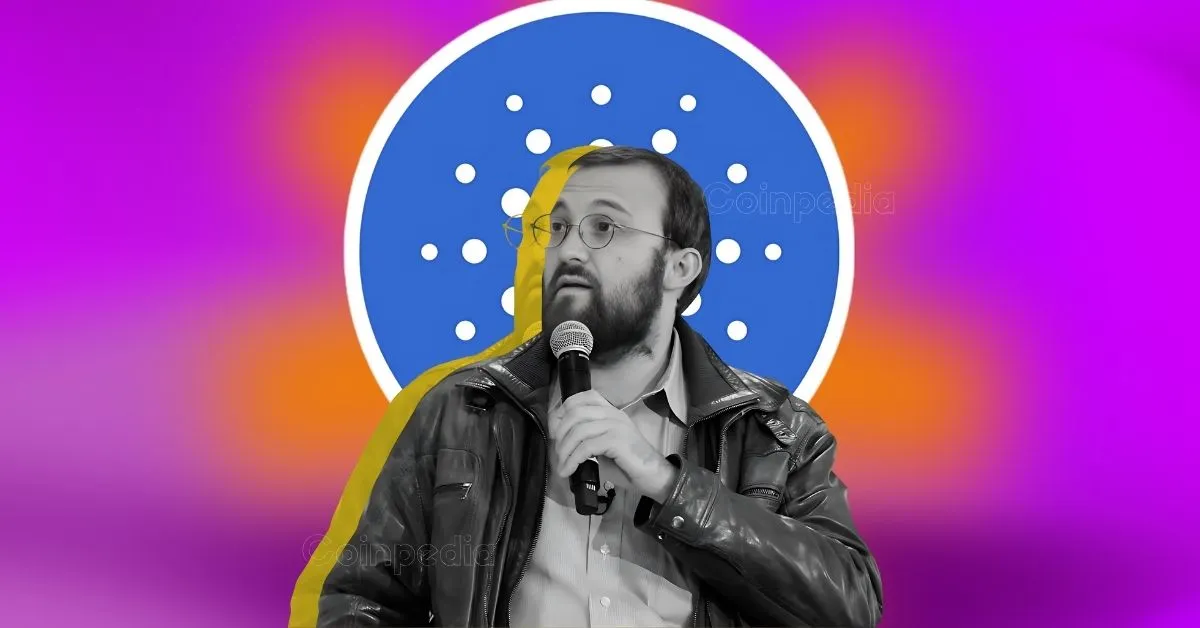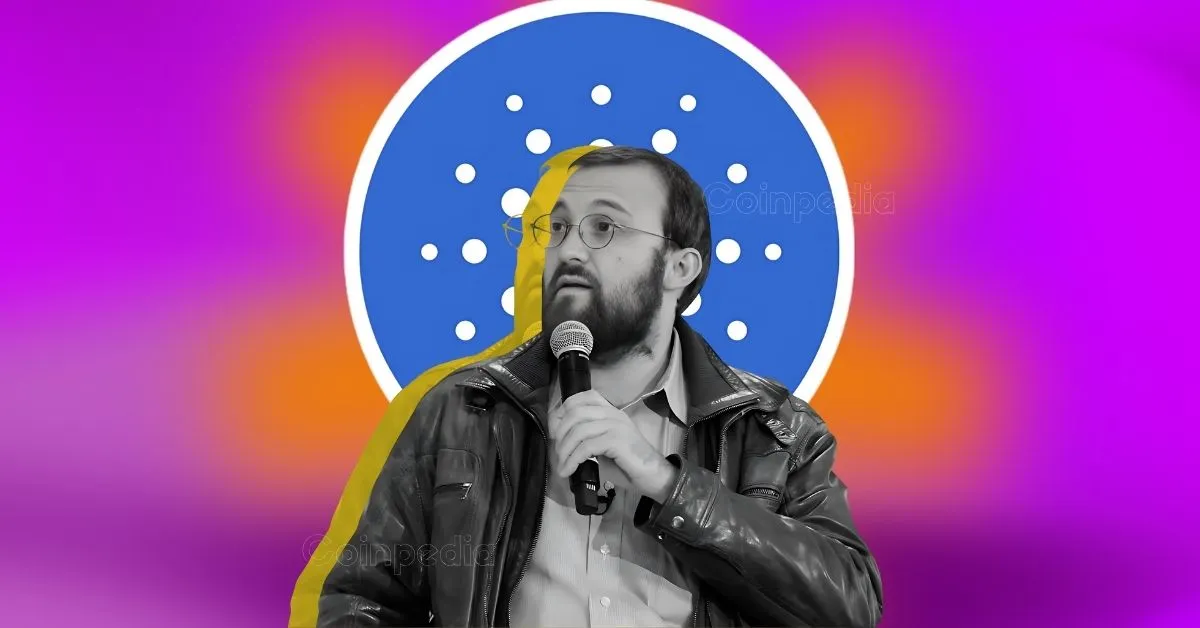The Rise of Sustainable Fashion: A Paradigm Shift in the Apparel Industry
—
Introduction: A Fashion Revolution
The fashion industry, once synonymous with excess and waste, is undergoing a profound transformation. Sustainable fashion, once a niche concept, has emerged as a global movement reshaping consumer behavior, business models, and environmental policies. This shift is not merely a trend but a necessity, driven by growing environmental concerns, ethical consumerism, and technological advancements. As the world grapples with climate change, pollution, and resource depletion, the apparel industry is being forced to rethink its practices. Sustainable fashion is no longer an option—it is the future.
—
The Environmental Imperative
The Dark Side of Fast Fashion
The traditional fashion industry has long been criticized for its environmental impact. Fast fashion, characterized by rapid production cycles and low-cost garments, contributes significantly to pollution. According to estimates, the industry produces around 10% of global carbon emissions, consumes 79 trillion liters of water annually, and generates vast amounts of textile waste. Synthetic fabrics, such as polyester, release microplastics into waterways, further exacerbating environmental degradation.
The Circular Economy Model
Sustainable fashion advocates for a circular economy, where materials are reused, recycled, and repurposed. Brands are increasingly adopting eco-friendly practices, such as using organic cotton, recycled polyester, and innovative materials like Piñatex (made from pineapple leaves). Additionally, initiatives like clothing take-back programs and upcycling are gaining traction, reducing waste and extending the lifecycle of garments.
—
Ethical Consumerism: The Power of the Purchaser
Demand for Transparency
Consumers are becoming more discerning, demanding transparency in supply chains and ethical labor practices. The rise of social media and documentaries like *The True Cost* has exposed the dark realities of fast fashion, including poor working conditions and exploitative labor. As a result, consumers are increasingly supporting brands that prioritize fair wages, safe working environments, and sustainable sourcing.
The Role of Certifications
Certifications such as Fair Trade, GOTS (Global Organic Textile Standard), and B Corp have become markers of ethical and sustainable practices. These labels provide consumers with assurance that the products they purchase align with their values. Brands that obtain these certifications not only enhance their credibility but also attract a growing segment of eco-conscious consumers.
—
Innovation and Technology: Driving Sustainability Forward
Biodegradable and Plant-Based Materials
Innovation is at the heart of sustainable fashion. Scientists and designers are exploring biodegradable materials, such as mushroom leather (Mycelium) and algae-based fabrics. These alternatives offer a viable solution to the environmental challenges posed by traditional materials like leather and synthetic fibers.
3D Printing and On-Demand Production
Technology is revolutionizing the way clothing is produced. 3D printing allows for custom-made, zero-waste garments, reducing overproduction and textile waste. On-demand production models further minimize excess inventory, ensuring that only what is needed is manufactured, thereby reducing waste and environmental impact.
—
Challenges and Future Outlook
Scalability and Accessibility
Despite the progress, sustainable fashion faces challenges in scalability and accessibility. Eco-friendly materials and ethical production often come at a higher cost, making them less accessible to the average consumer. However, as technology advances and demand grows, prices are expected to decrease, making sustainable fashion more affordable.
Policy and Industry Collaboration
Governments and industry leaders must collaborate to create policies that incentivize sustainable practices. Extended Producer Responsibility (EPR) laws, which hold brands accountable for the entire lifecycle of their products, are gaining momentum. Such regulations can drive systemic change, ensuring that sustainability is not just a choice but a standard.
—
Conclusion: A Sustainable Future
The rise of sustainable fashion is more than a trend—it is a necessary evolution. As consumers, businesses, and policymakers recognize the urgency of environmental and ethical concerns, the fashion industry is being reshaped. The future of fashion lies in innovation, transparency, and a commitment to sustainability. By embracing these principles, the industry can transition from a polluting force to a catalyst for positive change. The time for sustainable fashion is now, and the world is watching.












